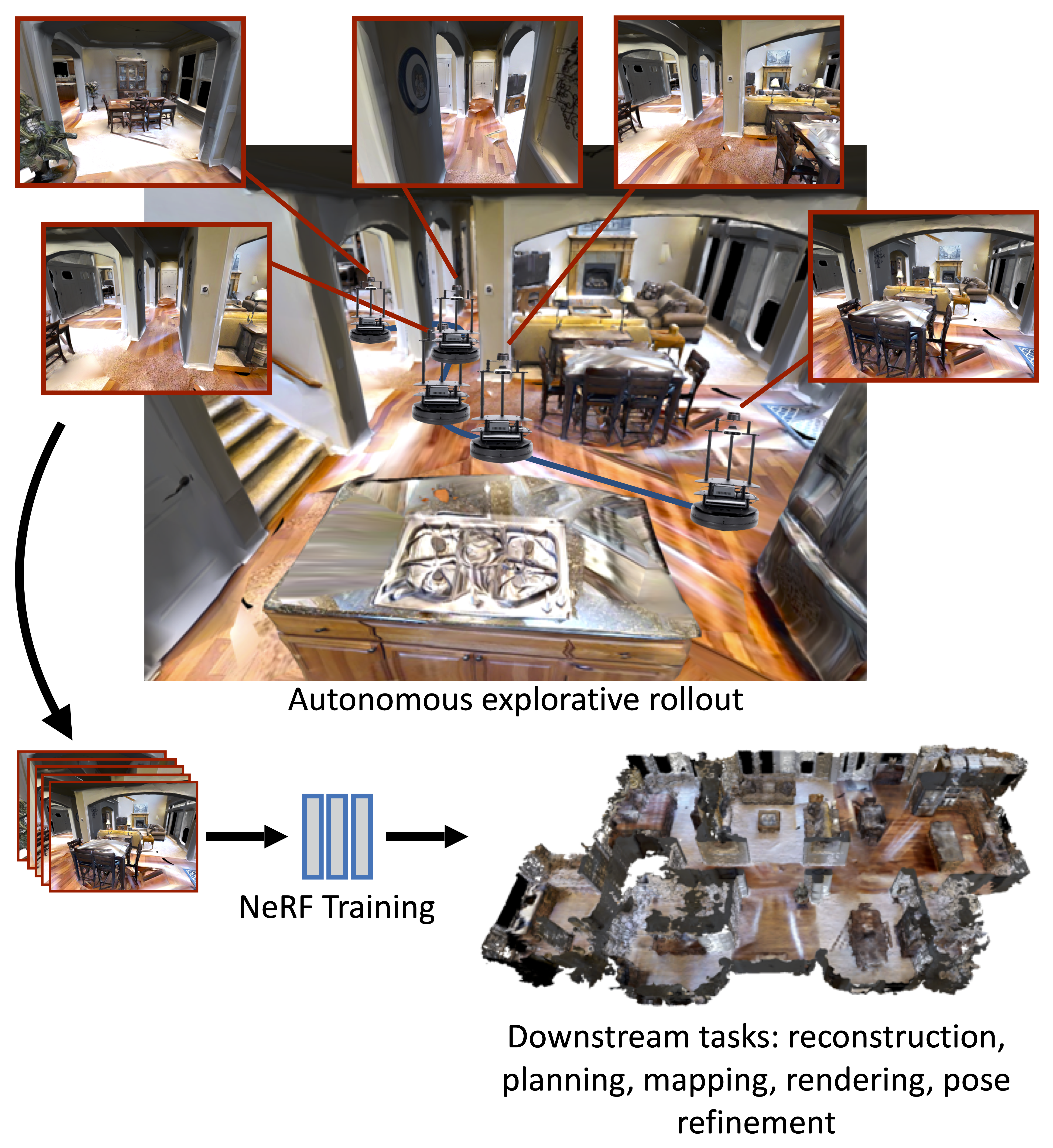Teaching Agents how to Map: Spatial Reasoning for Multi-Object Navigation
In the context of visual navigation, the capacity to map a novel environment is necessary for an agent to exploit its observation history in the considered place and efficiently reach known goals. This ability can be associated with spatial reasoning, where an agent is able to perceive spatial relationships and regularities, and discover object characteristics. Recent work introduces learnable policies parametrized by deep neural networks and trained with Reinforcement Learning (RL). In classical RL setups, the capacity to map and reason spatially is learned end-to-end, from reward alone. In this setting, we introduce supplementary supervision in the form of auxiliary tasks designed to favor the emergence of spatial perception capabilities in agents trained for a goal-reaching downstream objective. We show that learning to estimate metrics quantifying the spatial relationships between an agent at a given location and a goal to reach has a high positive impact in Multi-Object Navigation settings. Our method significantly improves the performance of different baseline agents, that either build an explicit or implicit representation of the environment, even matching the performance of incomparable oracle agents taking ground-truth maps as input. A learning-based agent from the literature trained with the proposed auxiliary losses was the winning entry to the Multi-Object Navigation Challenge, part of the CVPR 2021 Embodied AI Workshop.
PDF Abstract

